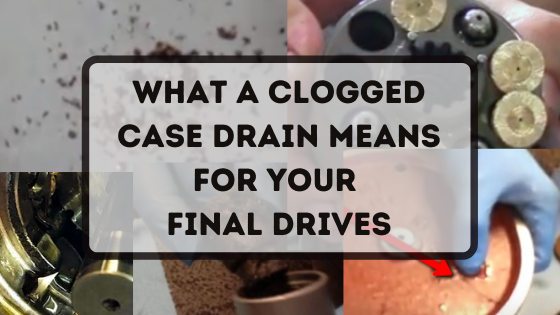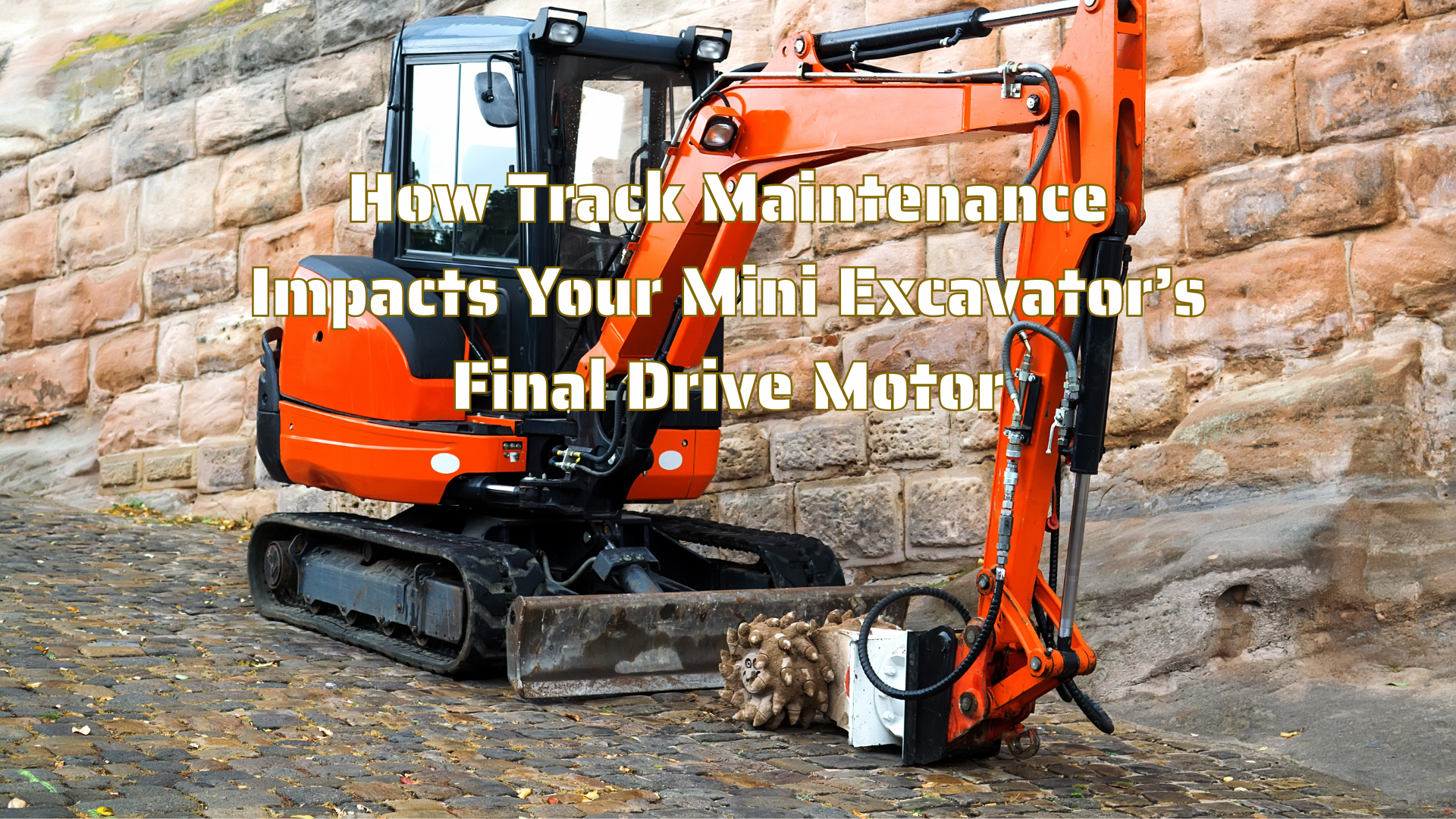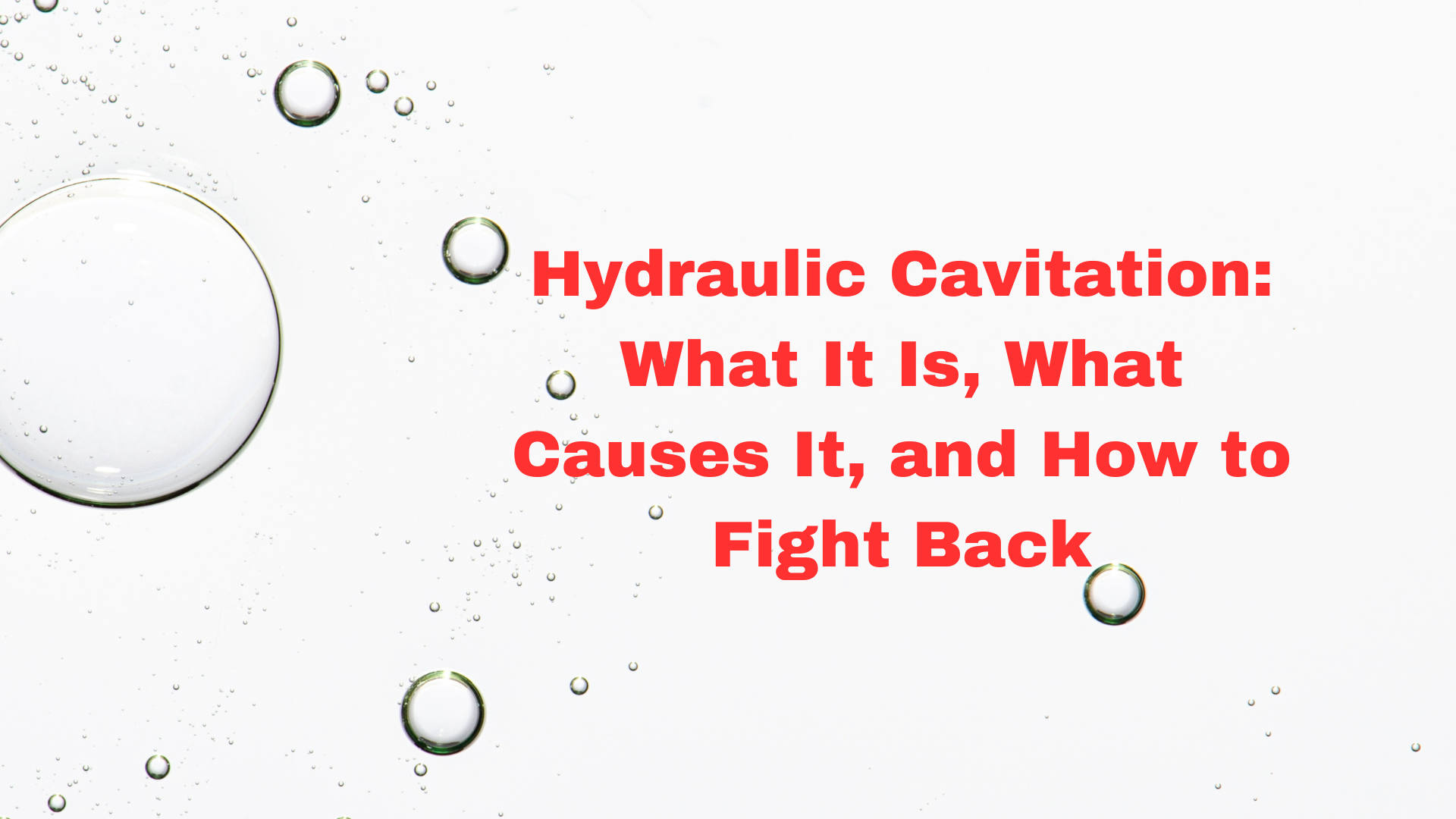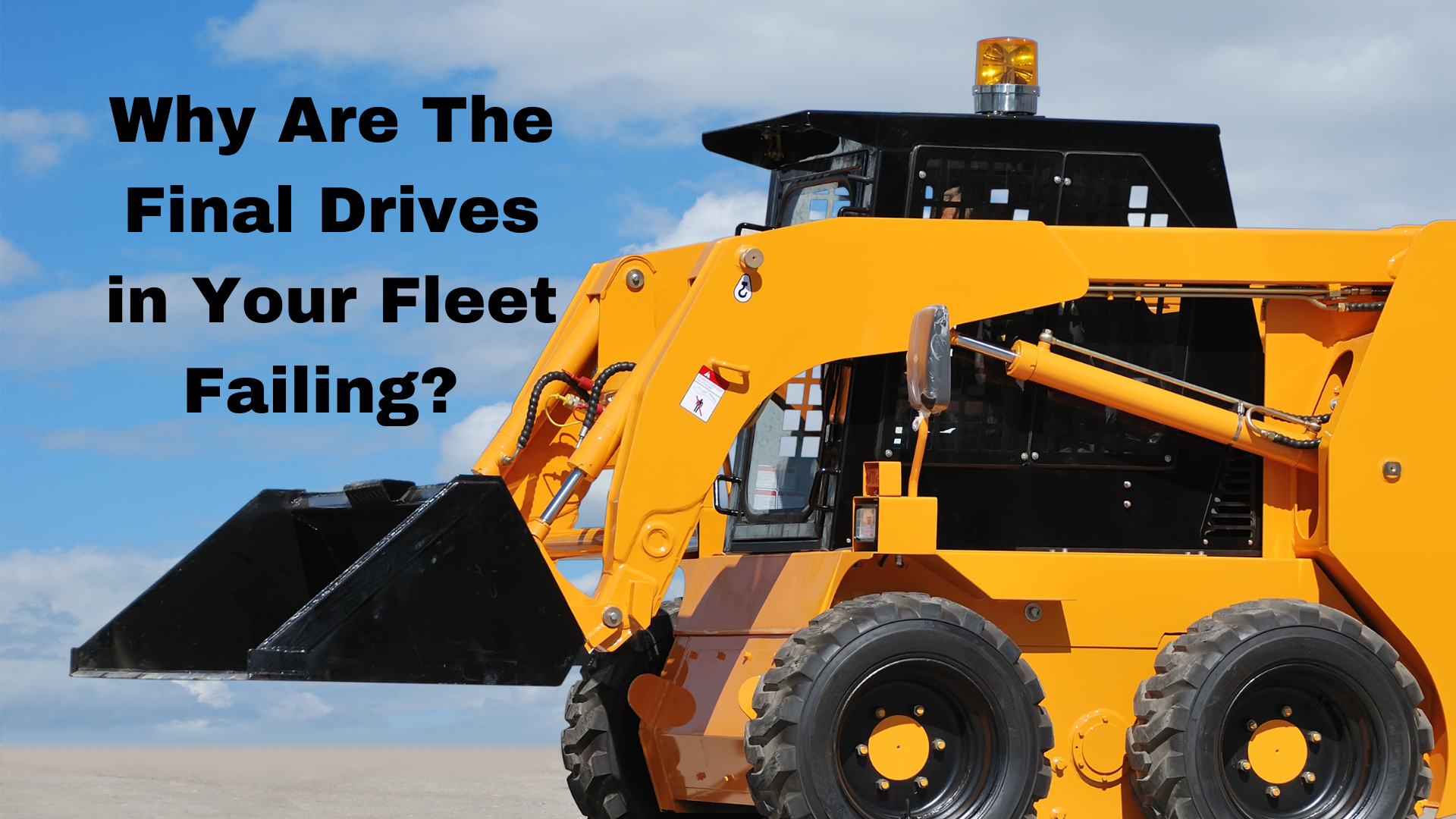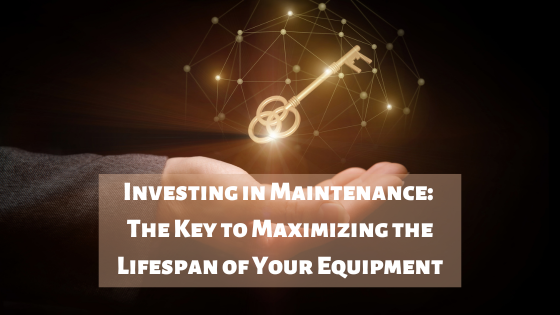What a Clogged Case Drain Means For Your Final Drives
Posted by Dr. Sara McCaslin on Jul 13th 2021
What Does a Clogged Case Drain Mean For Your Final Drives?
You'll often find case drain filters on skid steer loaders, compact track loaders, and mini-excavators -- especially with brands like Case and Bobcat. How important are those filters? And what happens if they get clogged?
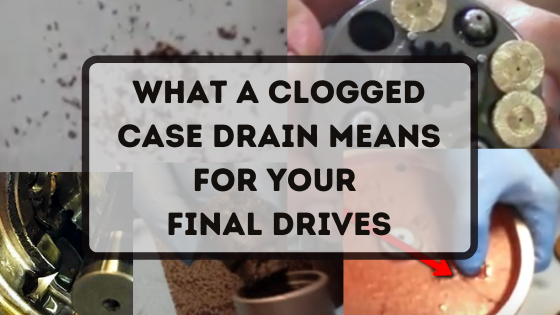
Here are some other blog posts you might find helpful:
Case Drain Lines
Let's start off by talking about case drain lines. BaumaLight has an excellent article on this subject that explains what case drain lines are supposed to do:
- Prevent the buildup of excess pressure
- Return any excess hydraulic fluid back to the return line
In the context of final drive motors, a case drain line returns any internally leaked hydraulic fluid to the tank on your machine. And before we go any further, keep in mind that internally leaked hydraulic fluid is not necessarily a bad thing. For example, in an axial piston drive it keeps some key components lubricated. This includes the piston shoes, the swash plate, and the area between the cylinder block and the valve plate lubricated.
The case drain line is supposed designed to be a low-pressure line and in some machines (including Bobcat) it has an in-line filter on it.
Case Drain Filters
The case drain filter prevents contamination in your final drive from traveling any further in your hydraulic system. And this is important because your final drive can be exposed to many different types of contamination.
For example, generated contamination develops as components begin to wear out and slivers or particles of metal are released. If the seals on your drive motor start to leak, then grit, sand, and dirt can make their way into your final drive. And if your final drive experiences a catastrophic failure, there is going to be a significant amount of generated contamination that is released. And without a case drain filter, that contamination in your final drive can reach other parts of your hydraulic system. With no filter, a simple drive motor failure can become a very expensive hydraulic system failure.
There is a catch with case drain filters, however: if they get clogged, the results can be disastrous.
Clogged Case Drain Filters
If your machine has a case drain filter and you don't replace it often enough, then the hydraulic fluid can't pass through and pressure builds. And even though the case drain line is designed to be low-pressure, that pressure will get high. And high pressure is always going to look for the weakest point to make its escape.
In most instances, the weakest point in your drive motor will be the seals. The seals will start leaking fluid, and that affects performance and will lead to accelerated wear on key components. Leaking fluid will reduce the amount of lubrication available, which means components will start generating even more contamination.
Failed seals will only relieves the pressure so much. In the worst cases we've seen, the cover plate of your motor can split and even fly off at high speed. Obviously, none of this is good.
And let's talk about what goes on inside your drive motor. The pressure can go so high that components get displaced. If you've got an axial piston final drive motor, the piston ball and shoes are going to be in tension because of the pressure. As that tension continues to build, the shoes can be pulled off. This will wreak havoc in your drive motor, and results in damage that cannot be repaired.
In a radial piston motor, the high pressure can cause the pistons to lift off the cam and then be hammered back into the cam. And if the pressure builds high enough, the pistons and cams can completely lose contact. The final drive motor then freewheels and you won't be able to control the movement of your machine.
In short, if you don't change the case drain filters on a regular basis your are risking a totaled final drive motor.
Conclusion
So how often should you replace case drain filters? Here at Final Drive Parts, we recommend that you replace them whenever you are replacing the other hydraulic filters. Adding this to your maintenance routine can save you thousands of dollars in totaled final drive motors.

